Cobots vs. Covid Initiative: Standardize!

Posted on Apr 10, 2020 10:00 AM. 3 min read time
- This article is the fourth in a 7-part series supporting our Cobots vs. Covid initiative:
If you are a manufacturer ramping up production of mission-critical goods, Robotiq wants to help you deploy a cobot application in two weeks. - Watch our 23-min video explaining the program.
- Ready to take action? Contact us now.
- Today’s article: How to leverage standard components to start production in two weeks.
Key to Success #3: Standardize
In the previous two articles, we presented two fundamental keys to success if you want to deploy cobots in two weeks:
- Start simple. Identify the right application.
- Keep it simple. Stick to the must-haves, avoiding nice-to-haves and feature creep. Get the cell in production ASAP and improve from there.
In this article, we'll present a special weapon for moving fast: standard plug-and-play components.
Yes, every application is unique. But that doesn’t mean you always have to start from scratch. If you use standard, flexible components, you can design and assemble a productive cobot cell much quicker.
In fact, there’s no way you'll be able to deploy a cobot in two weeks without using standard building blocks. That’s because custom engineering adds delays at every step—delays that easily stack up to more than two weeks, and that’s even without even considering the actual work you'll need to do!
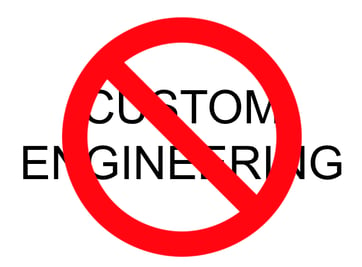
Here are seven types of delays that custom engineering adds to a project, and how standardization can help avoid them.
- Design time. It takes experience, time, and many rounds of trial and error to get custom components to work properly. Standard flexible components are much easier to choose, configure, and program.
- Lead time. If it’s not readily available off the shelf, there’s no way it will arrive in time for you to start production within two weeks. Standard plug-and-play components are in stock and ready to deploy.
- Installation time. Custom parts aren’t always built to work well together and thus take longer to install. Standard plug-and-play components, on the other hand, come with all the hardware and instructions you need for quick installation.
- Programming time. If it’s not plug-and-play, it will take time to program even basic operations. Standard plug-and-play components come with easy-to-use software that requires minimal training.
- Training time. Custom equipment requires custom training, whereas standardized equipment already has solid documentation—sometimes even e-learning lessons too.
- Troubleshooting time. Custom equipment is difficult to troubleshoot, whereas with standard equipment, you can leverage an existing knowledge base.
- Maintenance time. Custom equipment also requires custom maintenance procedures, whereas standardized items have documented procedures. Plus, if a custom part breaks while operating, it can bring the whole cell down for several days or weeks considering the fabrication and lead time. Nobody wants to deal with that in times like these.
How We Will Work as a Team and Leverage Standard Components
Robotiq has an extensive toolbox of flexible, plug-and-play components that can be used to assemble various applications.
Using these standard pieces will accelerate all phases of the project:
- Design
- We will reuse past cell designs that involve the same components.
- We’ll be able to de-risk applications early using the lab robots we have distributed in our integration coaches’ houses. (More on this in an upcoming article!)
- Integrate and Operate
- There’s a good chance you’ll be able to get the most popular plug-and-play components from your local Robotiq Expert Partner with just 1–2 days’ lead time.
Because we’ll be familiar with all your main components, we’ll be able to help you program and optimize your robot more efficiently through remote robot access.
Want to take action?
Upcoming article: Key #4 - Start with manual tasks

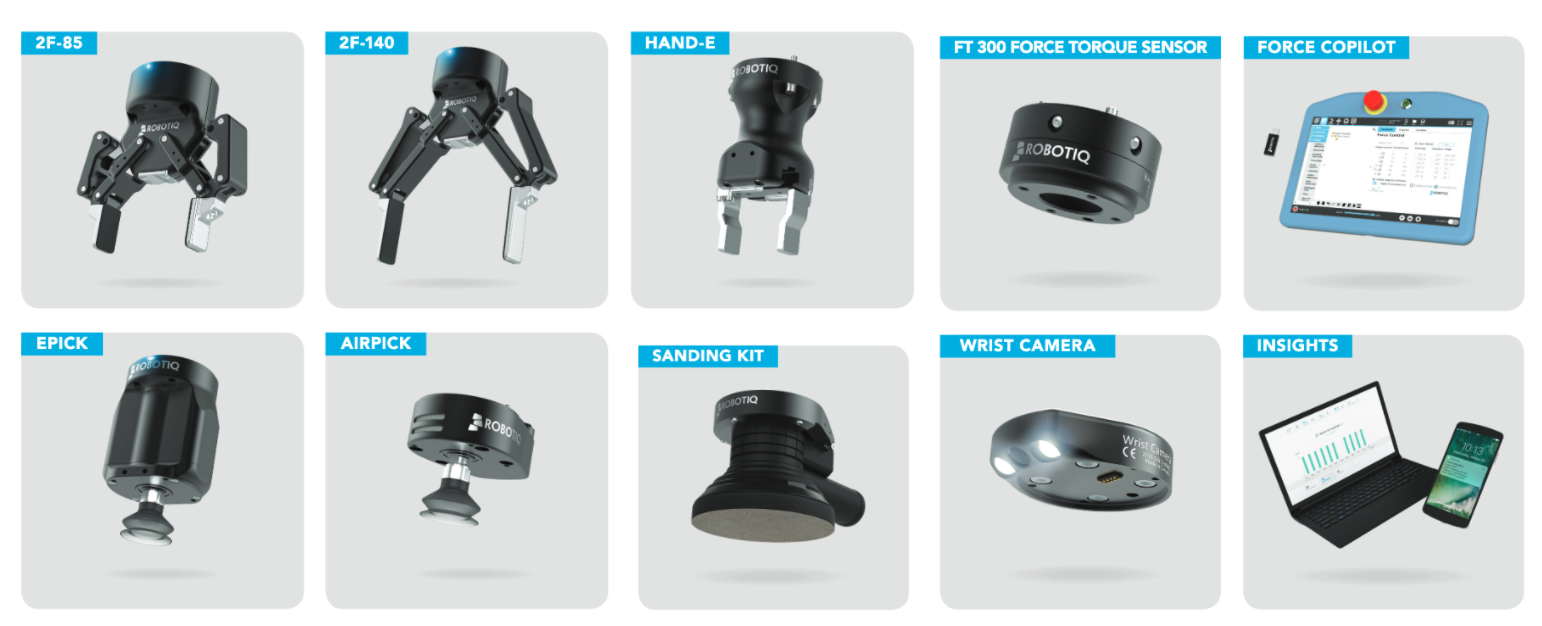

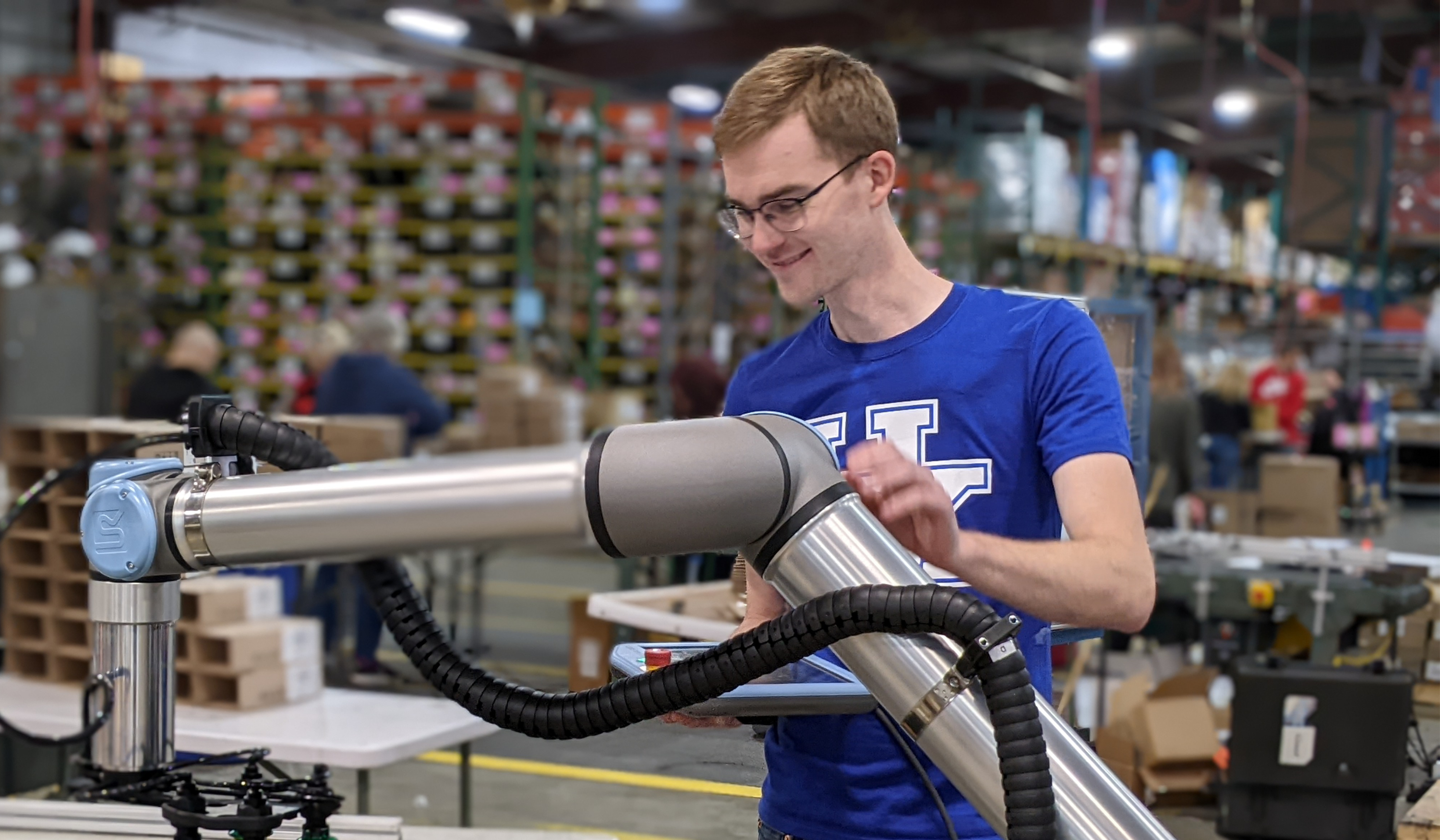

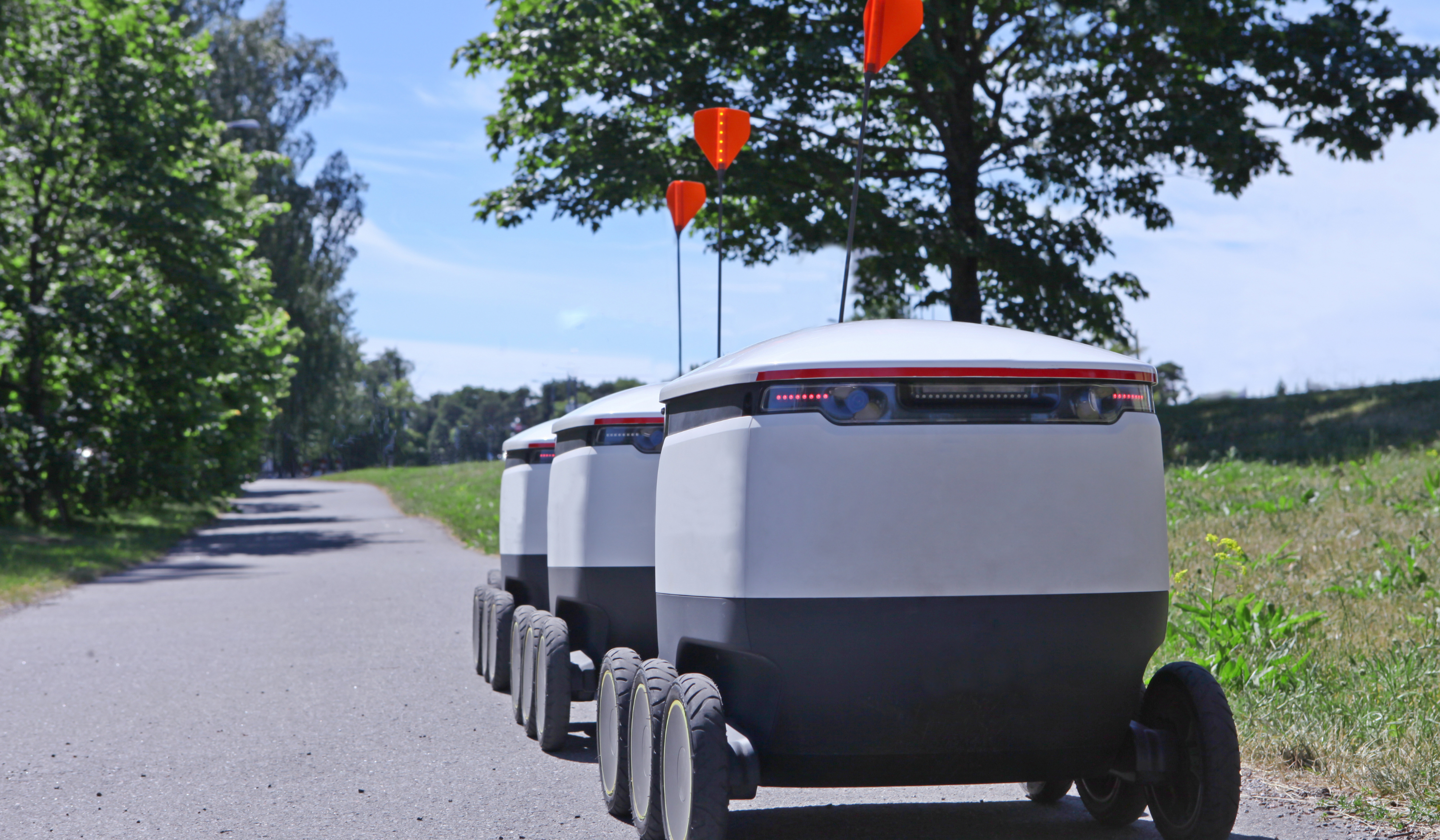
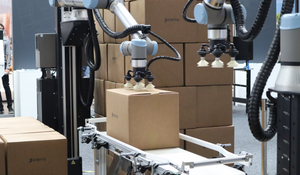

Leave a comment